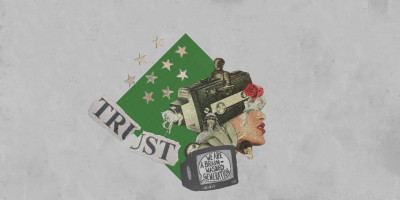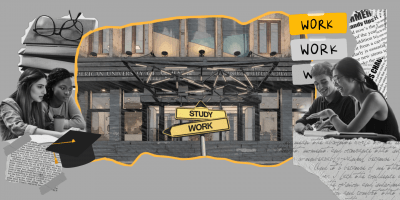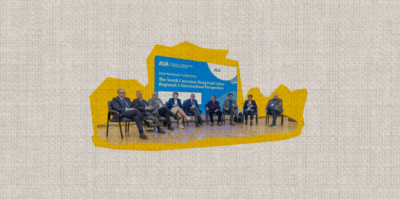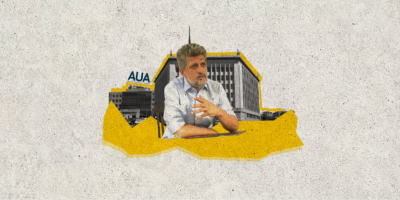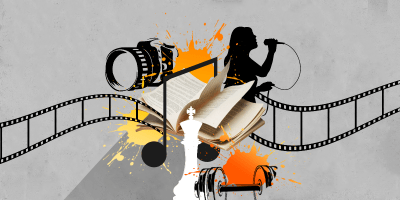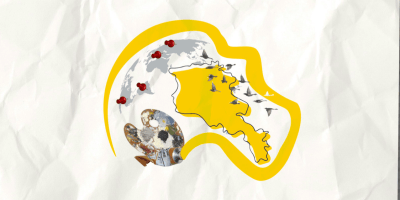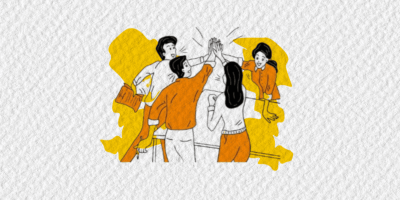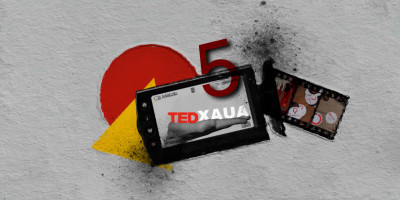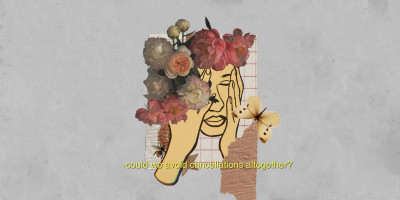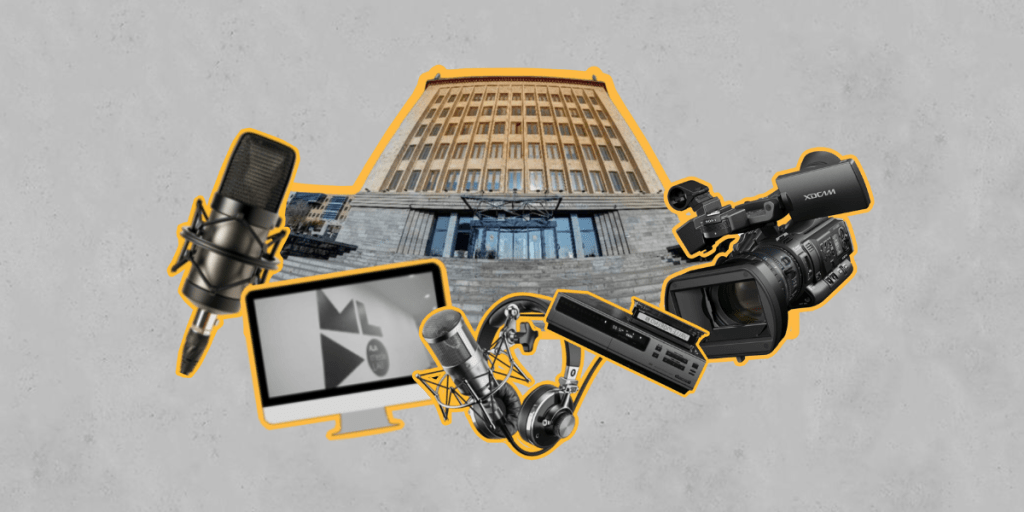
A year ago, while rushing to the computer labs of AUA, right at the corner, AUA students could see an empty, unconstructed cavernous space with just four bare walls and columns holding the ceiling. Shortly thereafter, construction started in that space, and students were curious about what the place was turning into. Today, this underground space has been turned into the Media Lab, a space for the community to enhance media production and journalism skills.
The Media Lab is the first project of its kind not only in the country but also in the region. Funded by the Office of American Schools and Hospitals Abroad (ASHA) of the U.S. Agency for International Development (USAID), the AUA Media Lab is a great opportunity for students and journalists to practice and learn about media studies.
AUA has applied for USAID/ASHA grants ever since the school’s founding to bring different projects to life. The AGBU Papazian Library, Keshishian Student Union and Student Residence were all funded by the USAID/ASHA grant.
Four years ago, while applying for a new grant, the university administration decided that a new project would be created for media and journalism. When the idea was approved, USAID/ASHA granted approximately $813,000 for the Media Lab project.
To better plan the function and design of the University, AUA Chief Communications Officer Narek Ghazaryan and Media Lab Operations Manager Stepan Sargsyan looked abroad for examples of similar facilities. They held online meetings with media directors of New York University (NYU), Arizona State University (ASU) and the University of California, Los Angeles (UCLA), to explore their media studies programs.
In addition to these online meetings, they visited the Central European University (CEU) in Vienna. There, they met CEU’s Media Lab staff, who shared their knowledge and ideas about the construction of AUA’s Media Lab.
“After this trip, we were able to incorporate a few changes into our strategy,” Ghazaryan said. “CEU has been such a good partner to us, so we always bounce ideas off with the staff there as they have a great deal of experience,” he said.
This facility supports the development of media literacy and journalism not only at the university but in Armenia as well. It provides students interested in these fields the opportunity to pursue and expand their knowledge and practice their skills.
AUA currently offers various media-related classes, such as Media and Society, Filmmaking, and Photography, to name a few. By utilizing the lab and its equipment, students will have the opportunity for a more hands-on approach.
The lab now houses eight rooms with a variety of equipment. It includes a multipurpose room, podcast room, audio control room, and video control room. The rooms are versatile, alternatively functioning as both classrooms and workshop spaces. Moreover, some instructors have already started to hold their classes in the lab.
Currently, students cannot enter the lab. Students and faculty soon will receive an email from the Office of Communications officially granting them access to the lab.
Ghazaryan said that the lab’s website is currently under construction, and the website team only needs to “fulfill a few key components” before the launch of the space for students.
Students wanting to practice in the lab need to complete group training to learn how to use the equipment. After that, students will gain access to the lab using their student IDs. They can work in the lab from 10 a.m. to 6 p.m. and can check out equipment like cameras for 24-hour periods, from Monday to Thursday. The Lab will be open to students from all majors.
The lab features both internal and external components. The internal component includes serving as a platform for the Office of Communications, producing multimedia content for the university and helping students create content. The external component, in turn, is serving journalists outside of AUA. The lab will host several workshops and training sessions on media literacy, publishing English content, finding resources, and more. It will help develop the media and journalism ecosystem in Armenia and help young journalists enhance their skills.
Shawn McIntosh, AUA’s chair of the M.A. in Journalism program that is set to launch in Fall 2025, acknowledges the lab’s importance for students who hold an interest in design, layout, advertising, filmmaking, and other media-related spheres. “Any student who wants to make media needs to practice; you can’t just learn how to do only through books,” he said. “Experience is crucial for students, and the lab gives them that opportunity.”
The lab has already launched the AUA Focus Series, a biweekly podcast available on the lab’s YouTube channel. In each episode, the host and the guests discuss various topics related to AUA or the broader community, including applied research and a host of topics on global and local affairs in the fields of politics, environment, public health, and business development, among others.
Though guests are often AUA faculty members, Ghazaryan noted that the lab is open to suggestions about any topic or guest to feature on the podcast. Students interested in the AUA Focus Series can reach out to the Office of Communications and discuss the ideas they have in mind.
The sooner you can access the lab, the sooner you will acquire skills and experience that are critical in our digital age. Keep checking your AUA mailbox or Media Lab’s social accounts for upcoming news!


